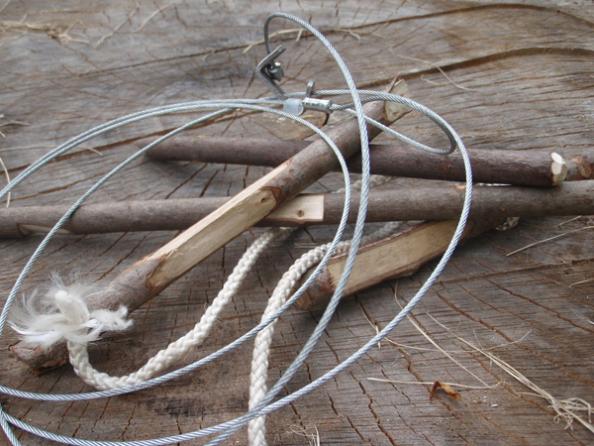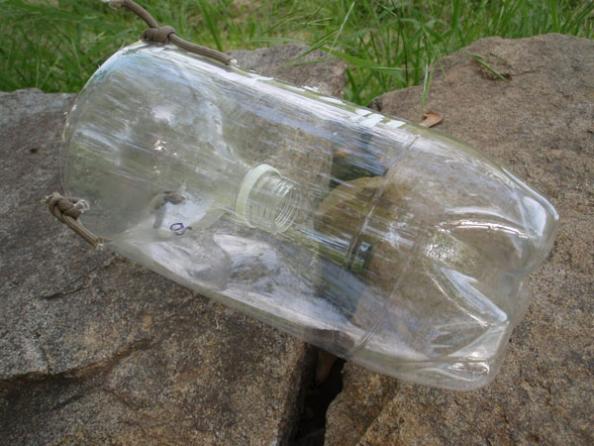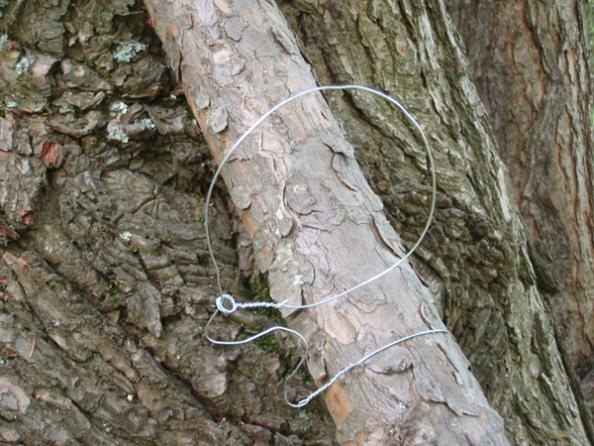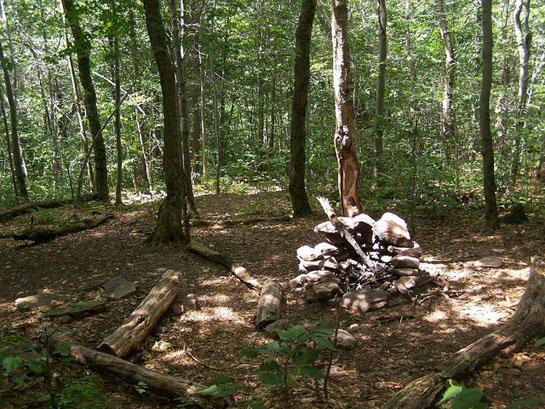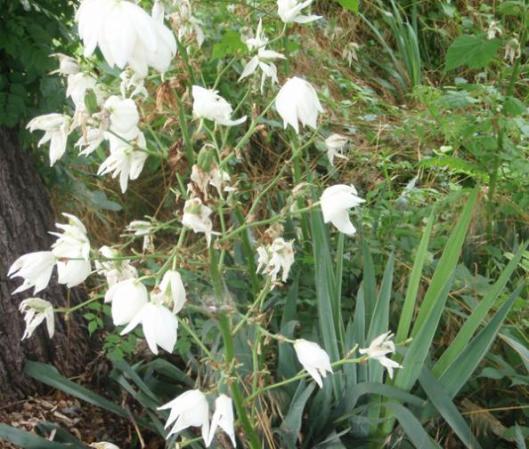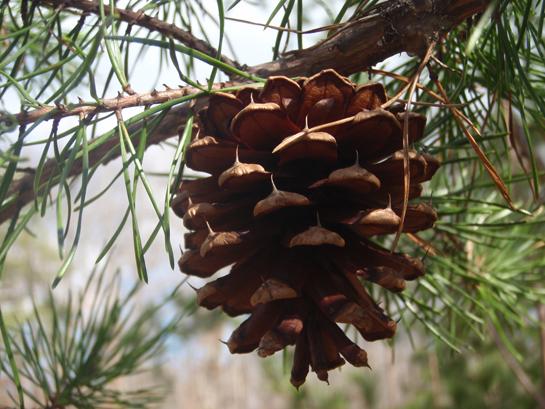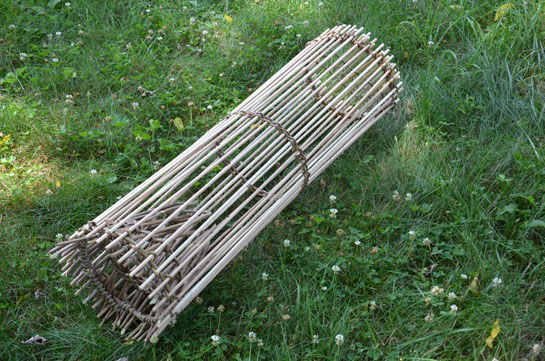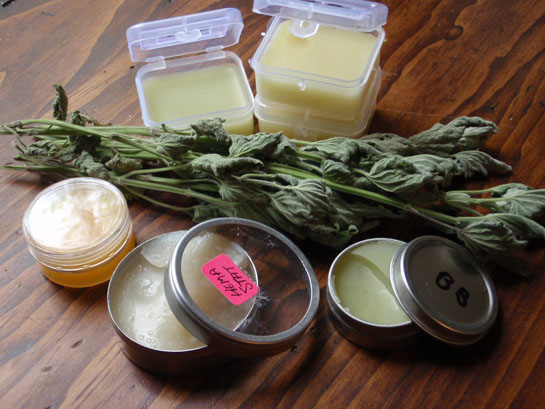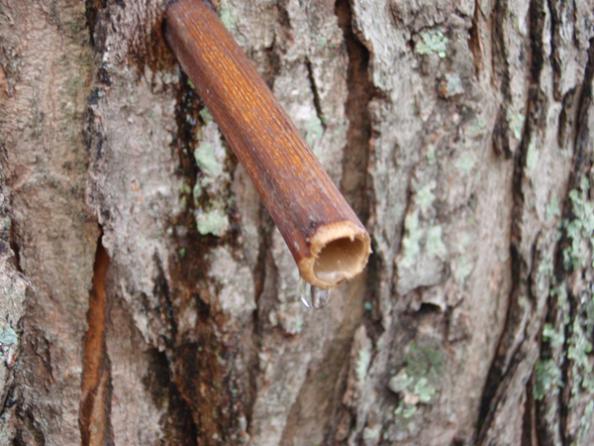There are many different types of traps that can be set to catch a meal for a hungry survivalist. There are primitive traps set with natural fiber snares and rock deadfalls. There are modern braided steel cable snares, foot hold traps, and body grip traps. And though these traps are very different in form and function, they all have the same problem in common—if you’re not careful, human scent will be smeared all over them.
Trapping is never as much about fooling an animal’s eyes, ears, tongue or touch, as it is about fooling their nose. To have any degree of luck when dealing with wild animals, you’ll need to remove as much scent from your traps and your skin as possible. You’ll also need to cover up the remaining scent. Scent blocking spray is nice, but what do you do if you run out or don’t have any? Try these tricks to de-scent your traps with elements from nature.
De-scent EVERYTHING.
De-scent your hands before even making trap parts. Start by washing your hands and any questionable trap parts in the local waterway. Use sand, clay, mud, or silt as an abrasive and oil absorber.
As your hands and trap parts dry, wipe powdered black charcoal from the campfire on them. Don’t use the white or grey ashes, just grind black charcoal chunks into a powder and apply it.
Layer on a strong-smelling local plant as another cover scent. Crushed pine needles, wild onions, mints and many other pungent plants can hide your stink. Just make sure you stay out of the poison ivy, poison oak, and sumac.
The final touch on this layering system is fresh, damp, local dirt. Rub this generously on your hands and the trap parts as a final cover scent and scent absorber.
As always, obey local trapping laws, unless it’s a life-or-death emergency. How do you handle the scent problems on your trap line? Drop us a note in the comments.
